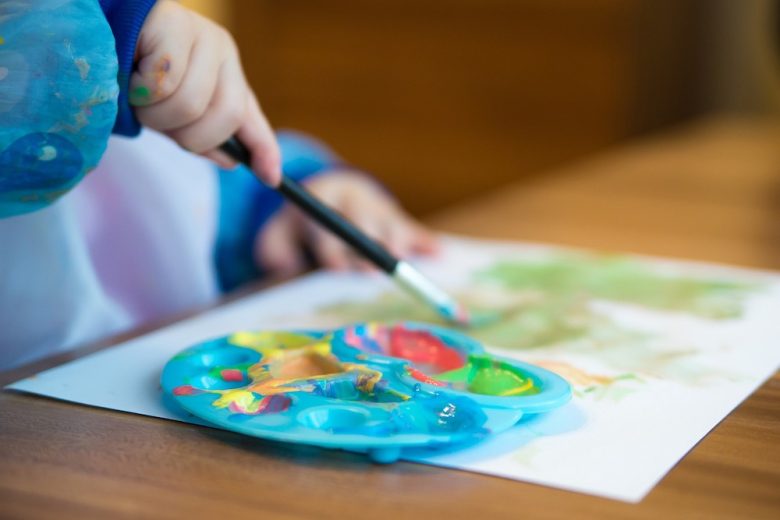How to build a memory box with your children
School is out for the foreseeable future, and with the kids at home all day, many of us are wondering how we’re going to keep them entertained.
Luckily, Kirsty Prankerd, Managing Director at Write From The Heart, is on hand to show us how to create a memory box with your children.
The kids have been off school for a little while already, and with the long Easter break putting a stop to their studies, you’ll no doubt be wondering how you’re going to keep them occupied when family days out are no longer an option.
Having the children at home for a while is a fantastic opportunity to do some hands-on learning together, and to spend some quality time making lifelong memories. And one way to do this is to create a memory box together.
What is a memory box? What are the benefits?
A memory box is a place where your children can create a treasure of trove of childhood memories, including any toys, keepsakes, schoolwork, or anything else that they feel is special to them and which they want to preserve.
They can then go back and add new memories to their box as they grow up, or just revisit it when they’re feeling nostalgic. They’re sometimes used as a form of therapy to help children move past the loss of a loved one, but the truth is you don’t need a reason to create a memory box – it’s a fun and engaging activity you can do at any time.
From an educational perspective, creating a memory box encourages your children to think about the future, and helps them to create goals for themselves and think about how they’re growing and developing. And, if you use it as an opportunity to do some writing or artwork, it can also help to keep their learning going outside of school, too.
Creating a memory box can also be a very therapeutic process, as it encourages little ones to reminisce about the past and focus their attention on their favourite things.
Given that we’re currently going through quite an anxious period, and that our children have already suffered a lot of disruption to their daily routines, focusing on a positive activity like this can really help to reduce anxiety.
Start by finding a box
First, you’ll need to find a memory box. Ideally, you want to pick a box made from wood or another sturdy material, as you want it to last through the years.
It should also be large enough to store all the special items your kids will want to include. For a special touch, you could even go for a memory box that is personalised with the names of your child, and maybe the date when you started it together.
Next, decorate your box
You want your little ones to make their box fell personal and individual, so let them decorate it as they see fit. Plus, now that schools are closed, this can be a great opportunity to get the doing some arts and crafts. So, break out the glitter glue, paint, and stickers, and let them create a box which speaks to their personality. An imprint of your child’s hands using paint in their favourite colour can also be a lovely touch on a memory box, as they’ll be able to look back see how much they’ve grown over the years.
Just remember that you’ll need to wait for your box to dry completely before you can start filling it, so don’t your little Picassos coat it in such a thick layer of paint and glue that it takes all week to dry!
Ideas for what to include in your memory box
To get the ball rolling, start by asking your children what items they have special memories of. This could be an old favourite toy, or a book they used to read a lot when they were a little younger.
Ideally, you want to pick objects or toys that bring back positive memories for your kids, but which they don’t really play with or use anymore. Otherwise, you might find that the memory box has been ransacked by a child looking for their favourite toy before too long!
Items that represent a big day or achievement are always a lovely sentimental addition, like their first school shoe, or their first rosette from a school sports day. You’ll also want to include a bit of artwork they’re proud of, or some early schoolwork — kids will love looking back at how much their handwriting and drawing skills have developed!
If possible, try to include a few items that your children can use to measure their growth over the years. This could be hand and footprints, or even an old sock or shoe: you could even include a lock of hair, or baby teeth if have them saved somewhere. Finally, don’t forget to include a couple of snaps of you all together as a family.




